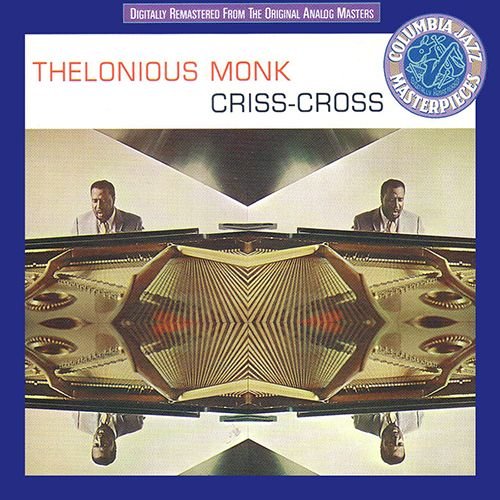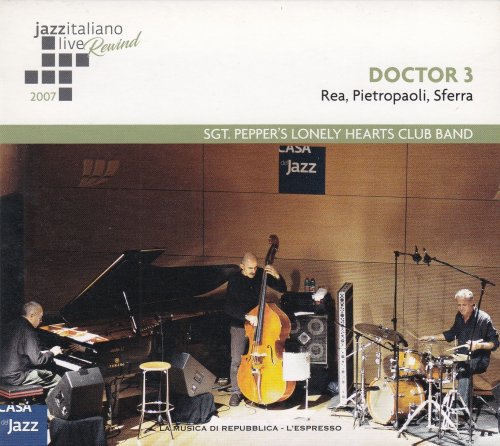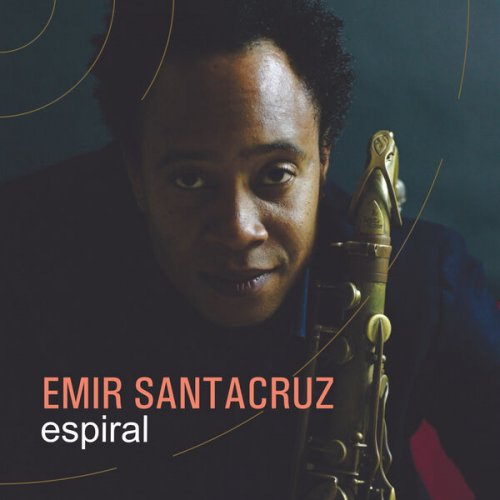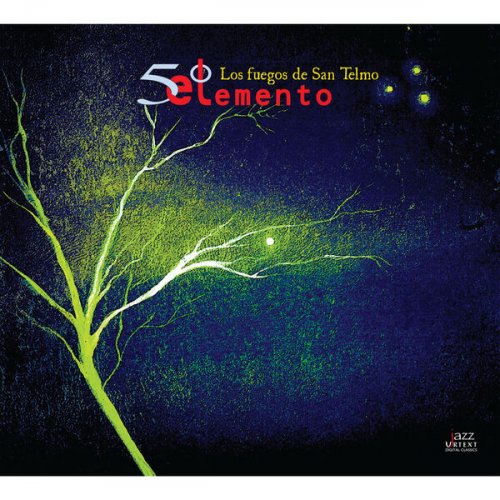Josep Cabré - Juan García de Salazar: Complete Vespers of Our Lady (2004)

Artist: Capilla Peñaflorida, Ministriles de Marsias & Josep Cabré
Title: Juan García de Salazar: Complete Vespers of Our Lady
Year Of Release: 2004
Label: Naxos
Genre: Classical
Quality: FLAC (image + .cue, log, artwork)
Total Time: 69:16 min
Total Size: 300 MB
WebSite: Album Preview
Tracklist:Title: Juan García de Salazar: Complete Vespers of Our Lady
Year Of Release: 2004
Label: Naxos
Genre: Classical
Quality: FLAC (image + .cue, log, artwork)
Total Time: 69:16 min
Total Size: 300 MB
WebSite: Album Preview
Juan García de Salazar (1639-1710)
[1] Entrada: Regina Coeli (instrumental)
[2] Invitatorio: Deus in adjutorium meum - Domine ad adjuvandum me
[3] Antífona: Dum esset
[4] Salmo 109: Dixit Dominus
[5] Motete: Quae es ista
[6] García de Olagüe: Verso de clarin I
[7] Antífona: Laeva ejus
[8] García de Olagüe: Salmo 112: Laudate pueri Dominum
[9] Motete: O gloriosa Virginum
[10] Antífona: Nigra sum
[11] Salmo 121: Laetatus sum
[12] Motete: Sub tuum praesidium
[13] Da pacem, Domine (instrumental)
[14] Antífona: Jam hiems
[15] García de Olagüe: Salmo 126: Nisi Dominus
[16] Motete: Vidi speciosam
[17] García de Olagüe: Verso de clarin II
[18] Antífona: Speciosa
[19] Salmo 147: Lauda, Jerusalem, Dominum
[20] Veni, sponsa Christi (instrumental)
[21] Himno: Ave maris stella
[22] José Ximénez: Batalla del sexto tono
[23] Antífona: Sancta Maria, succurre miseris
[24] Cántico B.V.M.: Magnificat
[25] Benedicamus Domino
[26] Salve Reina de los cielos
Juan García de Salazar was a Spanish Baroque composer from the Basque country who spent most of his career working at Zamora Cathedral; he is so obscure the entry for him in the New Grove doesn't even include a list of his works. Musicologist Manuel Sagastume Arregi has pulled together a number of Salazar's extant movements related to the Vespers service with additional material to create Juan García de Salazar: Complete Vespers of Our Lady in Naxos' Spanish Classics series. It is performed by the Basque ensemble Capilla Peñaflorida and features the period wind group Ministriles de Marsias and the fine baritone of Josep Cabré. There are no stars here, though -- everything on Juan García de Salazar: Complete Vespers of Our Lady is done to the service of the music, which is outstanding. Sagastume Arregi's realization of García de Salazar's Vespers service incorporates appropriate plainchant sections taken from a Basque hymnal dated 1692, organ music by García de Salazar's contemporaries José Ximenez and Martín Garcia de Olagüe, instrumental arrangements of García de Salazar's motets, and an arrangement of Tomás Luis de Victoria's Vidi speciosam probably made by García de Salazar himself.
Although technically Baroque music and dating from the late seventeenth century, it is not surprising that García de Salazar's music contains a fair amount of modeling from Renaissance practices. The organ music, played by Javier Sarasúa, is splendid and played on a single-manual instrument that betrays that distinctive nasal tonal quality endemic to Spanish organs. Most of the texts are in Latin, but there are a few sections scored out in rapid-fire Castilian Spanish, as well. One can hardly think of a genre more obscure than Basque Baroque sacred music, and the resulting lack of familiarity might serve to scare some potential listeners away. They would be missing out, because everything about Juan García de Salazar: Complete Vespers of Our Lady is glorious and beautiful -- the singing, the ambience of the unnamed cathedral in Villabuena where this was recorded, the instrumental playing, organ, and music. Rather than pulling something out of the mothballs that was better left in the closet, Manuel Sagastume Arregi has discovered through his hard work on behalf of Basque sacred music an entire musical style that should prove a revelation, and a delight, to all. -- Uncle Dave Lewis
Although technically Baroque music and dating from the late seventeenth century, it is not surprising that García de Salazar's music contains a fair amount of modeling from Renaissance practices. The organ music, played by Javier Sarasúa, is splendid and played on a single-manual instrument that betrays that distinctive nasal tonal quality endemic to Spanish organs. Most of the texts are in Latin, but there are a few sections scored out in rapid-fire Castilian Spanish, as well. One can hardly think of a genre more obscure than Basque Baroque sacred music, and the resulting lack of familiarity might serve to scare some potential listeners away. They would be missing out, because everything about Juan García de Salazar: Complete Vespers of Our Lady is glorious and beautiful -- the singing, the ambience of the unnamed cathedral in Villabuena where this was recorded, the instrumental playing, organ, and music. Rather than pulling something out of the mothballs that was better left in the closet, Manuel Sagastume Arregi has discovered through his hard work on behalf of Basque sacred music an entire musical style that should prove a revelation, and a delight, to all. -- Uncle Dave Lewis








